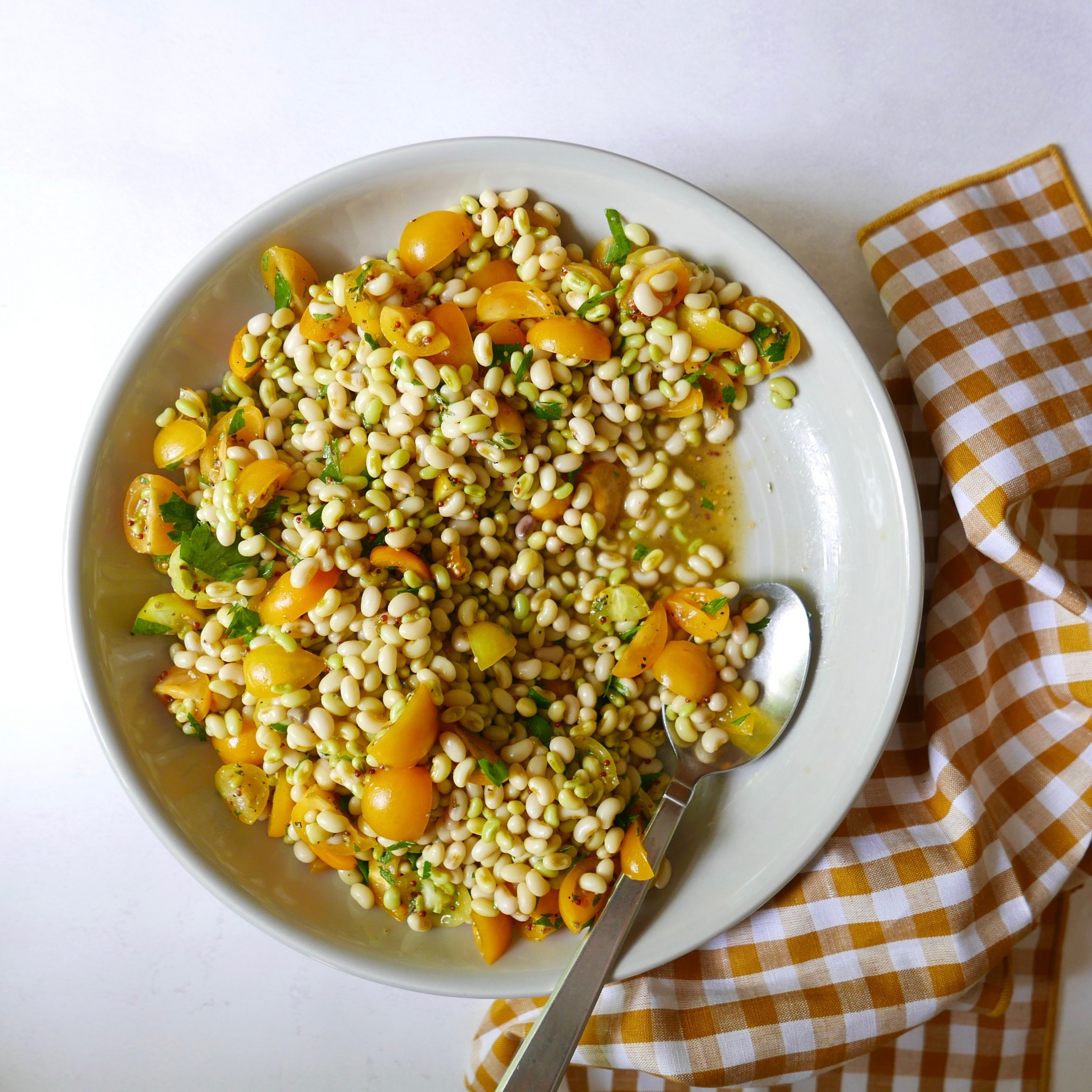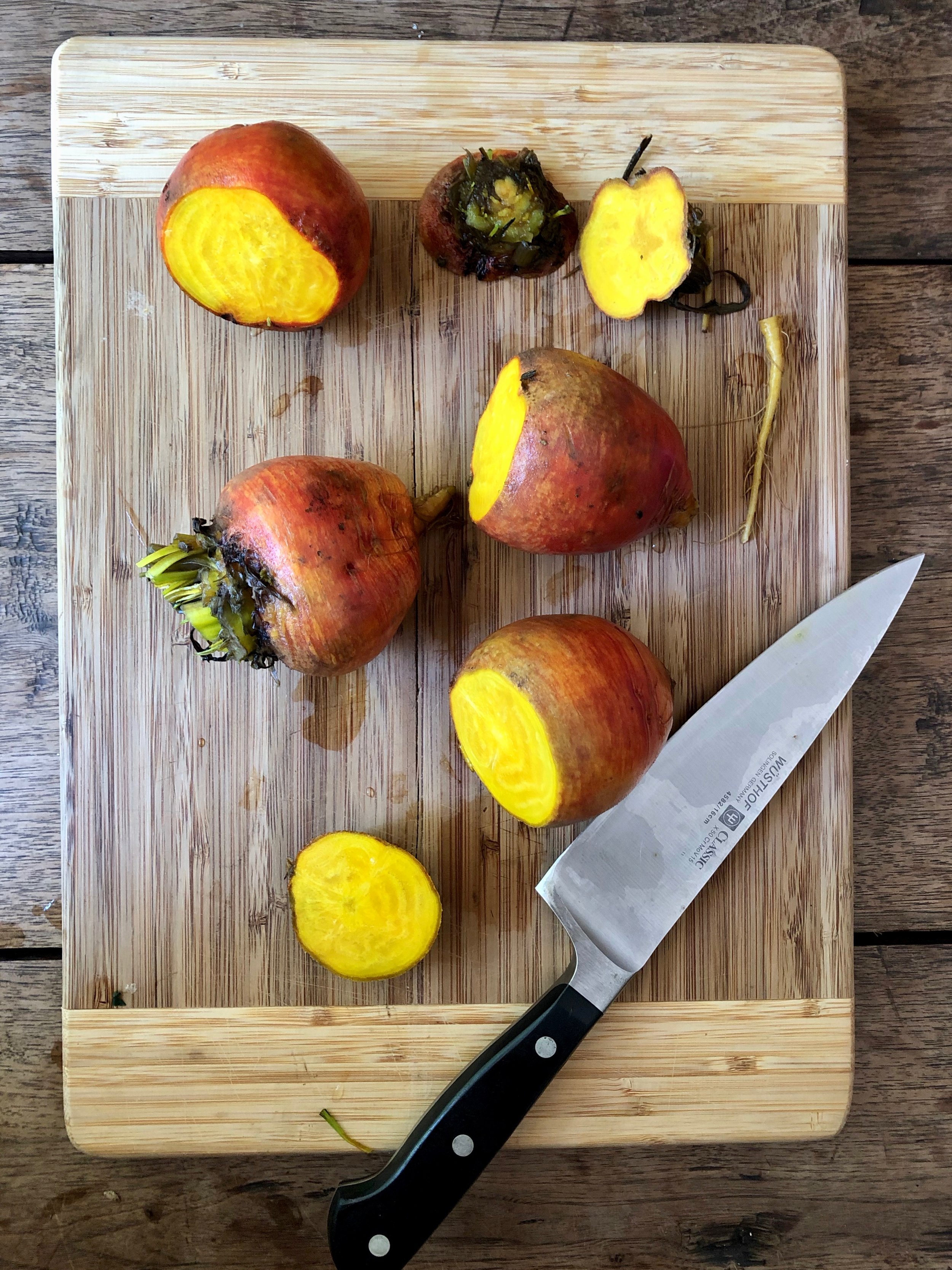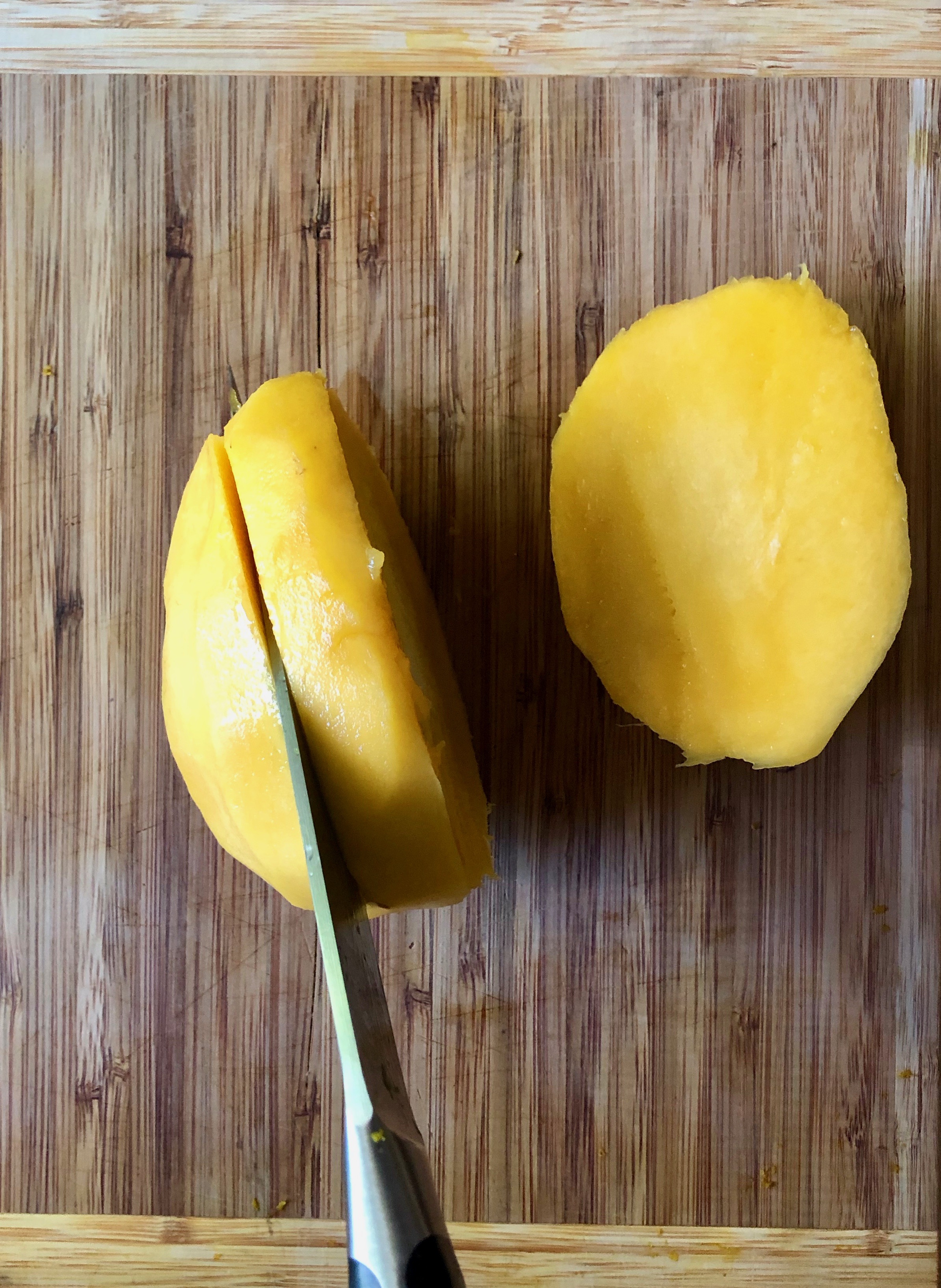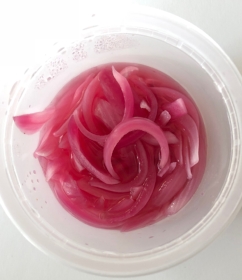Cucumber, Cantaloupe, and Seared Halloumi Salad
/This here salad is my JAM. I’ve been getting the most amazing cantaloupes all summer (B’ham folks, I get them at Murphree’s Market)—better than they’ve been any other year I can remember. They are incredibly juicy, honey-floral sweet, and almost indecently fragrant. They are, with no exaggeration, swoon-inducing. And when paired with crisp cucumbers, pungent herbs, and warm halloumi cheese, they are the meal of dreams. Seriously, this salad with a glass of crisp white wine? My summer dream dinner!


























